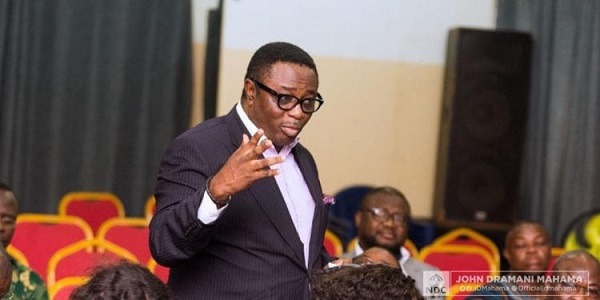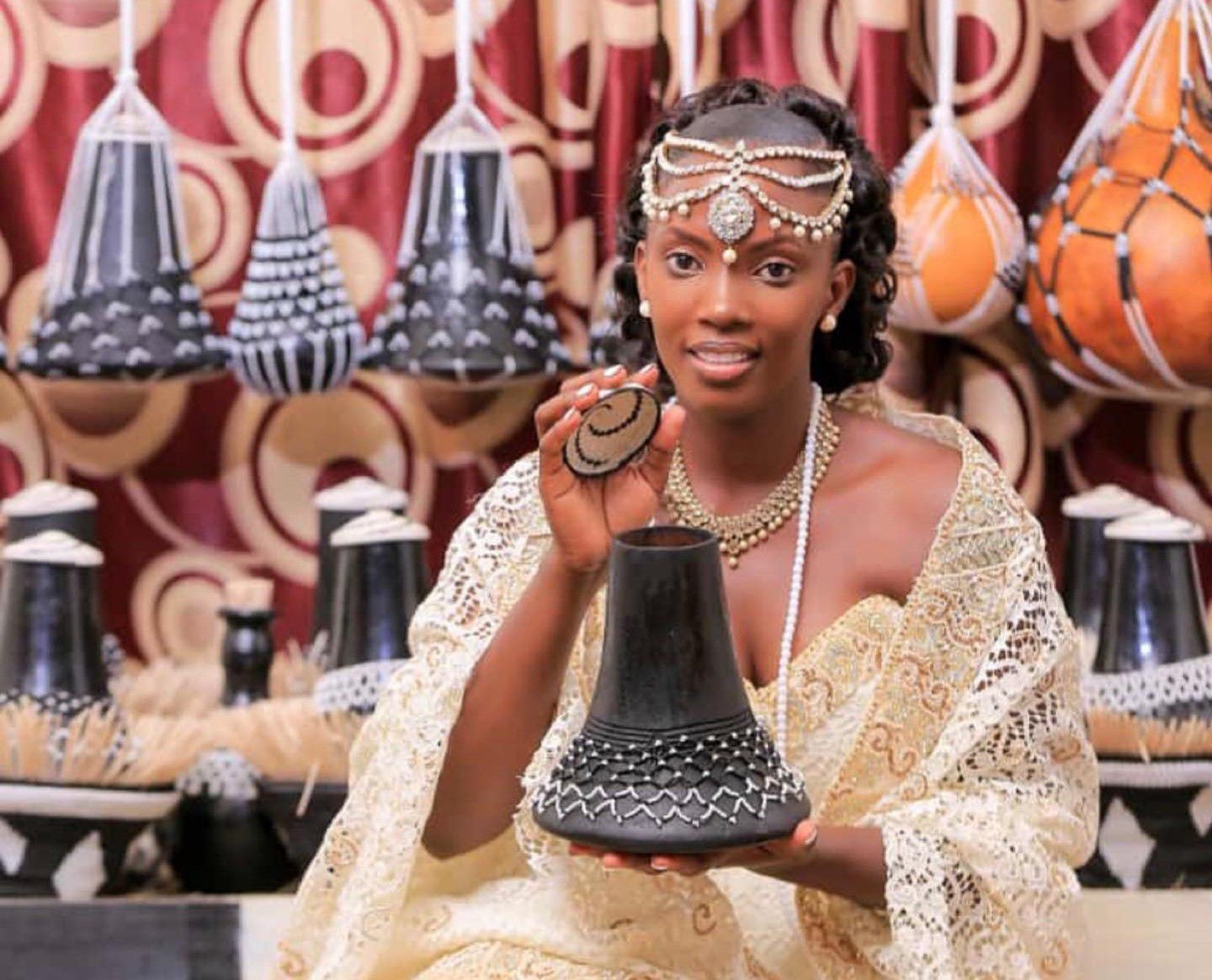Africa Day: Inside Uganda's quest to regain pillaged artefacts from UK
Read: DNA of skulls pillaged by Germans have been linked to living relatives in Tanzania
)
In June 2024, Uganda received 39 artefacts previously held at the University of Cambridge’s Museum of Archaeology and Anthropology for over a century.
These objects, taken in the late 19th and early 20th centuries by colonial administrators, missionaries, anthropologists, and soldiers, were formally welcomed at a ceremony at State House.
Among the returned items were a head-dress made of human hair from Lango (1937), decorated pots from Ankole (1920s), and a Lubaale vessel from Buganda (1907).
)
President Yoweri Museveni urged museum curators to collaborate with local communities to deepen understanding of the artefacts ahead of public exhibitions.
This repatriation is the second from Cambridge, the first having taken place in 1962 during Uganda’s independence celebrations when the Kibuuka regalia were returned. The regalia now form a central exhibit at the Uganda Museum.
)
The repatriation project is part of the ‘Repositioning the Uganda Museum’ initiative, supported by the Andrew W. Mellon Foundation and led by Professor Derek Peterson of the University of Michigan.
However, Professor Peterson has acknowledged the difficulty of permanently returning many objects due to British legal restrictions, noting that some items are on long-term loan rather than outright return.
)
Despite these successes, several important artefacts remain in British institutions. Ugandan authorities are actively pursuing their return but face legal and bureaucratic hurdles.
Notable artefacts still held in UK museums include:
A terracotta figure discovered in 1929 near Luzira prison, dating back to before 1600 AD. It is Uganda’s most important piece of pre-colonial art but remains in the UK under the pretext that the climate suits it better. A cast stands in the Uganda Museum today.
)
Made of polished black ware, donated by Canon G. R. Blackledge, a missionary active from 1895 to 1931.
)
Registered among objects from the Congo but identified as Ugandan by experts.
)
: Carved and stained brown, believed to be from the Bakiga tribe in the Kigezi subregion.
)
Used by the royal family of Bunyoro, made with graphite pottery.
: A large vessel used in social beer-drinking ceremonies, accompanied by plaited drinking straws.
)
: Featuring cane shafts and iron heads, from northern Uganda.
)
Warrior’s head-dress made of mud, ostrich feathers, metal, and hair: From the Karamoja region.
From Lango, Uganda Protectorate.
)
Headband woven with fine fibre and copper wire coils: Decorated with white shells.
The Luzira Head is particularly prized for its rarity and craftsmanship. It is believed to be one of the few sculptures made during the Stone Age period in Uganda.
The figure has a long neck adorned with rings, possibly symbolising femininity or royal status. Oral traditions associate it with the Ngonge clan shrine near Lake Victoria.
Despite its cultural importance, British authorities have refused to return the original, citing preservation concerns—an argument Ugandan experts strongly contest.
British law complicates the deaccessioning and repatriation of museum objects, especially those held by charitable institutions. The repatriation process often involves lengthy negotiations with museums, government bodies, and legal authorities like the Charities Commission.
Items containing human remains, such as the embalmed rulers’ ritual objects from Buganda, are expected to be returned sooner due to clearer laws governing such cases.
)
Meanwhile, archival research in Uganda aims to clarify the circumstances under which these artefacts were acquired, strengthening Uganda’s case for restitution.
Uganda’s ongoing quest reflects a broader movement across Africa to reclaim cultural heritage lost during colonialism. While many artefacts remain abroad, each successful repatriation brings the nation closer to restoring its history.
Efforts continue to engage international partners, legal experts, and museums in dialogue to secure the return of treasured objects. Through these endeavours, Uganda hopes to enrich its museums, educate its people, and honour its ancestors by safeguarding their legacy for future generations.
)
)
)






